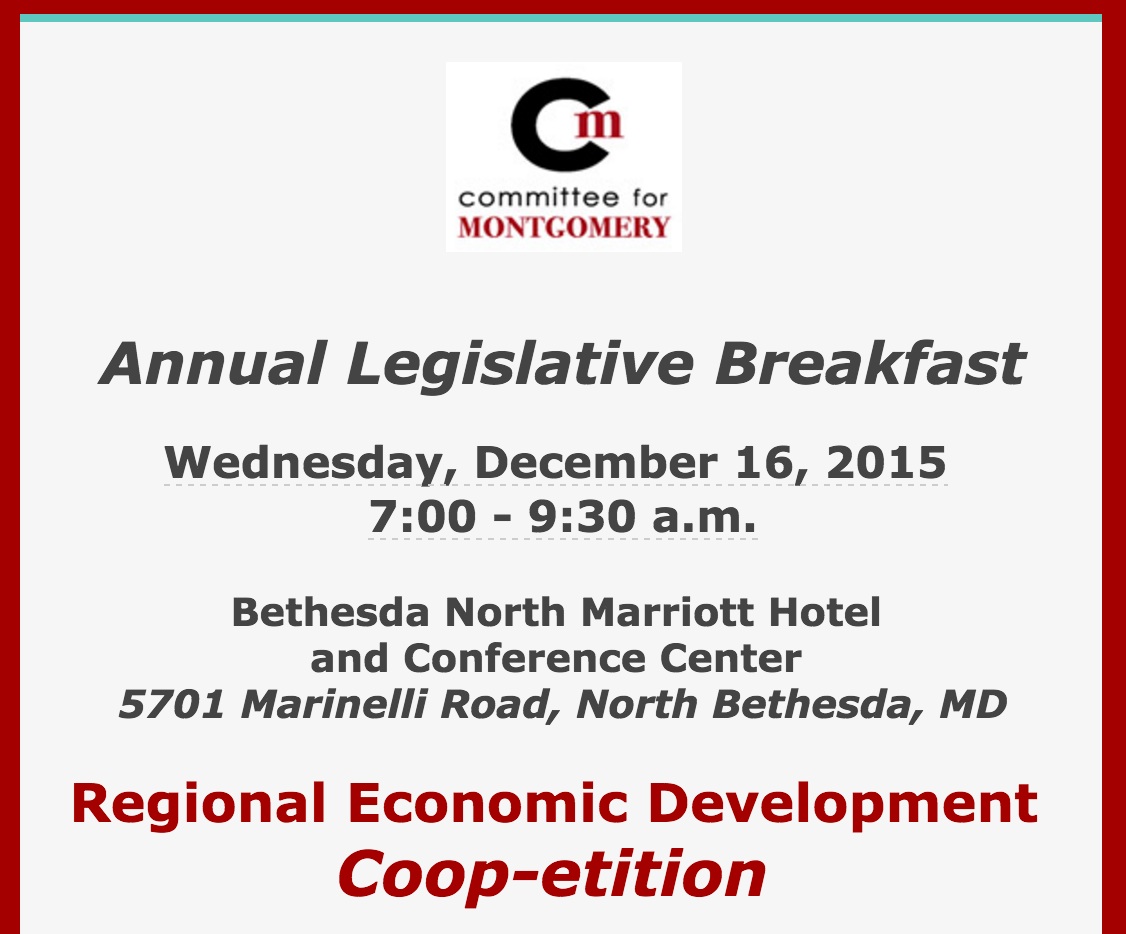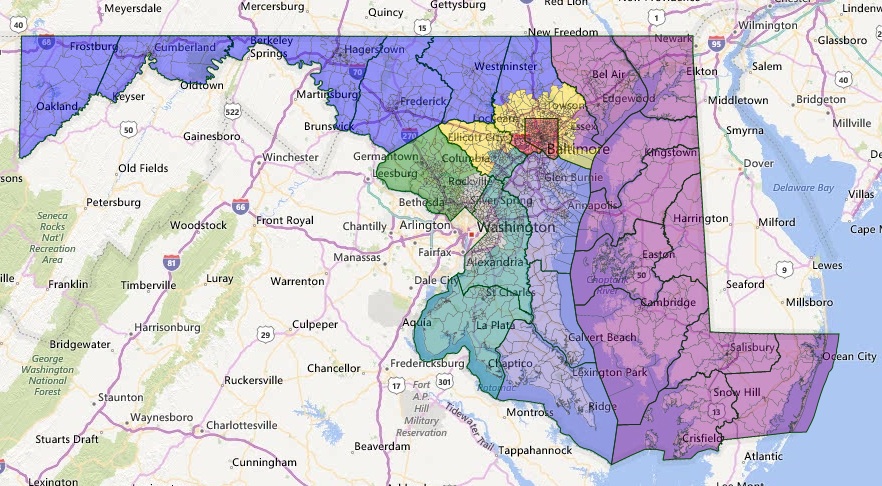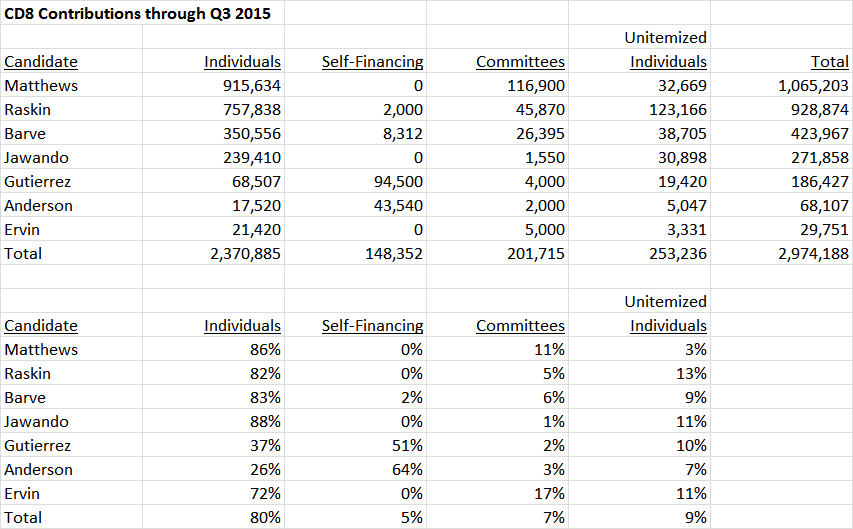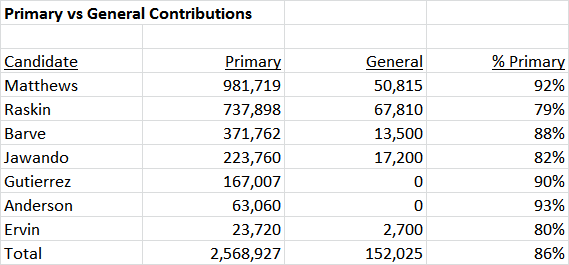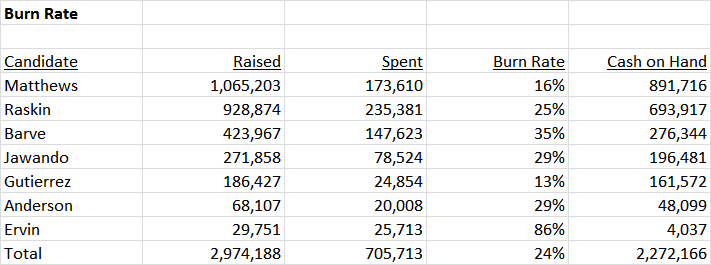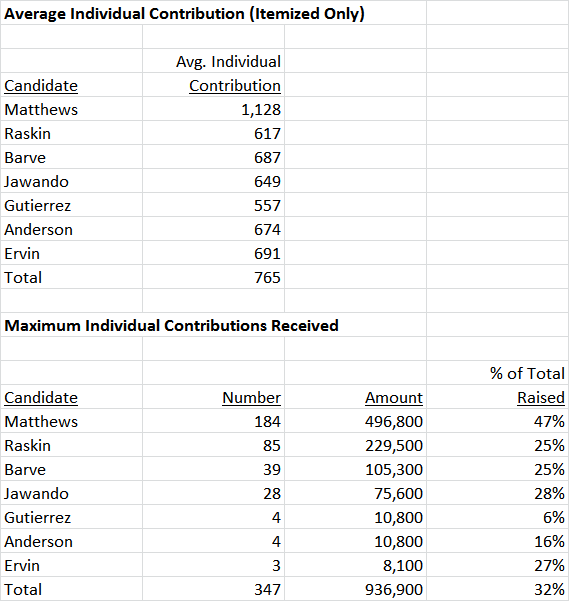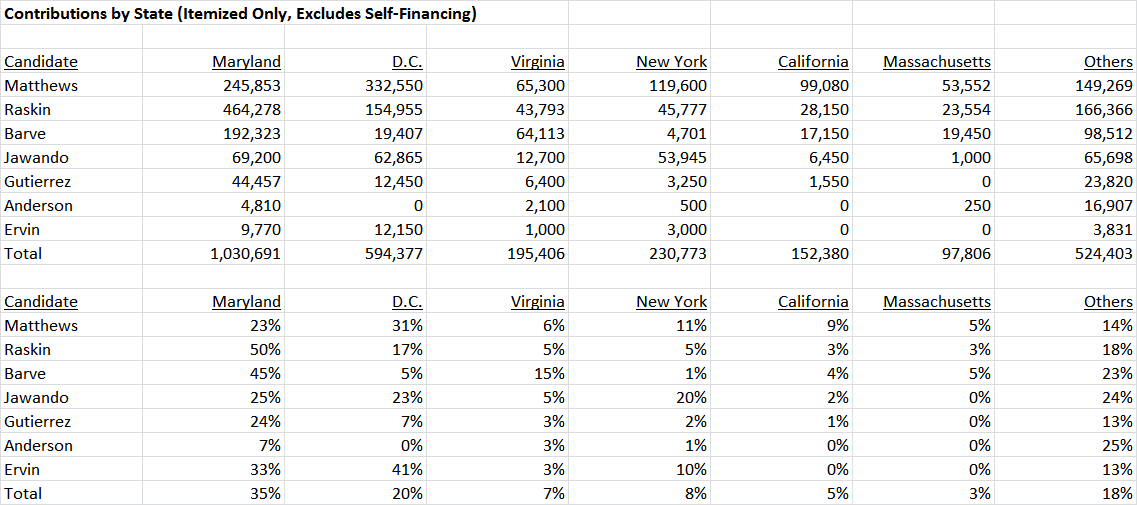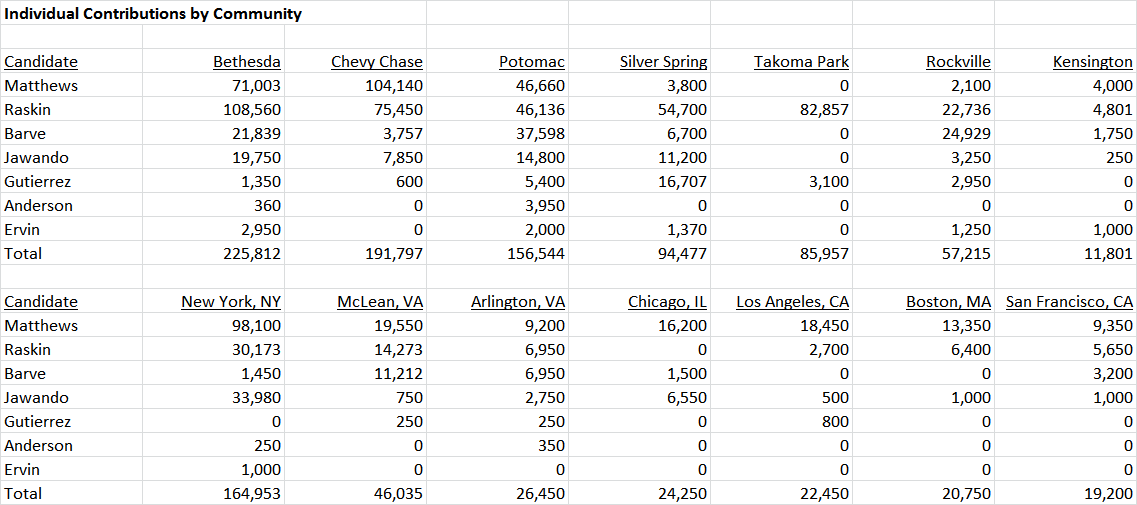Today, I am pleased to present a guest post from Adam Pagnucco:
Last week, Montgomery County Council Member Hans Riemer wrote a guest blog on the reasons why county residents opposed the county’s alcohol system in a recent poll by Comptroller Peter Franchot. Council Member Riemer wrote:
While the poll does show the general dissatisfaction with the alcohol regime our residents endure, it unfortunately does not specify which parts of the regime are the culprit, state or local. In my many conversations with residents, I find that the primary complaint relates to the state of Maryland’s unfortunate ban on the sale of beer and wine in grocery stores.
This is important because if the council’s plan is enacted, the county liquor stores survive and actually increase in number in order to increase consumer options and pay for reform. We need them. Considering that, I would ask how important is it to residents to replace county liquor stores with private ones? While I am sure that there is some support for that, it is not clear to me that it is a very high priority for the community. I don’t hear a lot of complaints that we have county stores. Mostly just that there aren’t enough of them. What about you?
In fact, there is overwhelming evidence that MoCo consumers are fleeing the county’s alcohol monopoly and it has nothing to do with the availability of alcohol in grocery stores. Consider the following.
- Sales of alcohol are low in MoCo.
Data from Gallup and the U.S. Department of Health and Human Services link alcohol consumption to income and education. In other words, as income and education levels rise, alcohol consumption tends to rise too. Since MoCo is one of Maryland’s highest-income and best-educated jurisdictions, the county should be one of its leaders in alcohol consumption. However, that is not reflected in per capita sales data collected by the Comptroller’s office. In terms of per capita sales deliveries to retail licensees inside each county, MoCo ranks 13th of 24 jurisdictions in wine, tied for 23rd in spirits and dead last (by far) in beer. Among the counties out-ranking MoCo in per capita wine sales are Calvert, Carroll, Cecil, Garrett, Harford and Kent, all mostly rural jurisdictions with far less disposable income than MoCo. Does anyone believe that MoCo residents drink less wine than people in Western Maryland? Grocery stores cannot explain this discrepancy because the huge majority of counties in Maryland have restrictions on grocery store sales of alcohol. As Comptroller Peter Franchot has said, MoCo residents simply cross the border to buy liquor.
- MoCo residents flee the county to go to Total Wine.
Total Wine, which is headquartered in MoCo and owned by MoCo residents, is one of the nation’s largest alcohol retailers and is famous for its big stores, huge selection and low prices. The company refuses to open a store in MoCo because the county’s alcohol monopoly “doesn’t favor the free market.” But Total Wine has plenty of MoCo residents among its customers. The company estimates that over 20% of its McLean store sales and nearly 25% of its Laurel store sales are accounted for by MoCo customers. David Lublin’s price comparison explains why: Total Wine blows away county liquor stores on both price and selection. Other jurisdictions gain at our expense.
- The Department of Liquor Control’s own consultant found major problems in its operations.
A consultant hired by the Department of Liquor Control (DLC) found a host of problems in county liquor stores. Here are three from the consultant’s 2014 report.
Lack of administrative flexibility – Unlike most County functions, DLC operates in a wholesale/retail sales environment. In many instances, it lacks the flexibility and ability to respond quickly, which is necessary for it to best serve its customers and do so profitably. This lack of control over key decisions also manifests itself in other identified weaknesses.
Staffing – The DLC often lacks the ability to apply normal staffing techniques found in private retail. For example, there are generally two peak seasons for liquor retail operations: the Winter Holiday season and Summer Fourth of July season. Most DLC stores would, for comparison purposes, be similar to an independent liquor retail store (as opposed to a ‘Big Box’ chain store or grocery store). In these establishments, it would be likely that rather than adding permanent full-time staff to handle these peak seasons, the business would hire temporary staff. However, because of County collective bargaining agreements, they generally do not have this flexibility, which either leads to staffing shortages (which can negatively impact sales) or a working environment for existing staff that hampers morale and productivity.
Older stores/locations/rental contracts – In several instances, stores are in obvious need of basic repairs or refurbishment – including scarred floors and counters, old racks, lighting and entrances. Given that the DLC leases all of its locations, in many instances it has little leverage to demand improvements prior to the end of the lease.
Lack of flexibility, staff shortages and sub-standard stores. Is this what MoCo consumers deserve?
- D.C. liquor stores camp out at our border.
The graphic below shows seven liquor stores in D.C. within four blocks of the MoCo border. If MoCo consumers were happy with the county’s alcohol system, why would this be happening?

- The only county liquor store with true competition is losing money and will close.
Most county liquor stores are insulated from competition because they are the only suppliers of spirits in their vicinity. The one exception is the store in Friendship Heights, which is adjacent to the D.C. border. Since the surrounding area is affluent and wealthy people often buy up-scale beverages, one would expect this store to be a strong money maker. But the store lost $278,431 in 2013 – the only county liquor store that lost money – and will soon close. It’s not a coincidence that D.C.’s Paul’s Wine and Spirits is just three blocks away. The county’s decision to close this store is an admission that its stores can’t compete with the private sector. And if that’s the case, why should they be protected by a state-ordered monopoly?
MoCo’s alcohol monopoly and its accompanying fleet of county liquor stores are unacceptable to county consumers and that was clear long before this blog released the Comptroller’s poll results on the subject. So what is the county doing about that? Why, it’s opening more county liquor stores. That’s like promising Kirk Cousins more playing time with every interception he throws.
Look folks. Our system’s premise is that MoCo residents are children, inferior to our fellows in the rest of the region, and that we must be controlled by the heavy hand of government for our own good. Well, guess what? We’re not children and we know what we want: the same freedom of choice that everyone else in the region has. We don’t want excuses. We don’t want tweaks. We don’t want vague promises of improvement.
We want to End the Monopoly.

